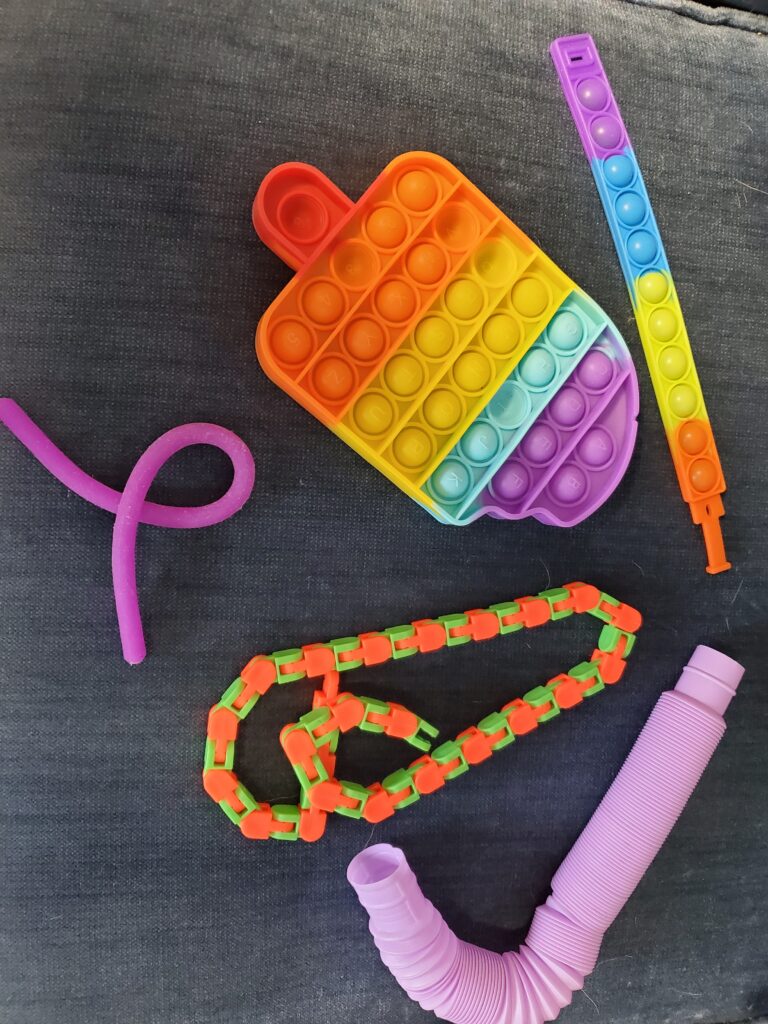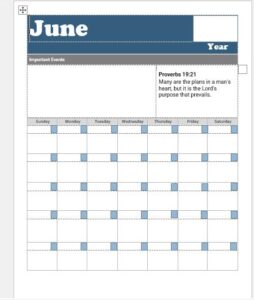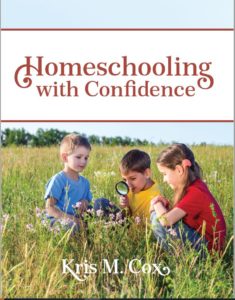*Be sure to read to the end – you’ll find a free download of great resources to help your struggling learner!
Jeana struggled to read, sounding out simple words even after just reading the same word previously. At age 10, her peers were reading chapter books while she was still struggling with simple 1st grade readers. She felt embarrassed and refused to read aloud in her co-op classes. Her mom was frustrated, trying many different phonics programs to see if it would help Jeana. Jeana felt like a failure and began to resist doing schoolwork with her mom.
Can you relate to this scenario?
If a child who is 10 years of age or older has been resistant to learning and often says school is just too hard, consider that a learning disability or struggle could be the cause. If a child is under the age of 10 and struggles, they may just need more time to mature so they’re ready for formal learning.
Learning disabilities are due to genetic and/or neurobiological factors that change the way the brain functions and this affects cognitive processes related to learning. This interferes with learning basic skills such as reading, writing and math. It can also cause issues with higher level skills like abstract reasoning, organization, time management, long or short-term memory and staying attentive. Note that they are genetic, so if you have learning disabilities in your family, you will want to be aware your child could also have them.
The Learning Disabilities of America website lists the following as types of learning disabilities:
- Dyslexia
- Dysgraphia
- Dyscalculia
- Non-Verbal Learning Disabilities
- Oral/Written Language Disorder and Specific Reading Comprehension Deficit
Related
- ADHD
- Dyspraxia
- Executive Functioning disorder
Click here for definitions: Learning Disabilities of America
(Learning disabilities should not be confused with other disabilities such as intellectual disabilities, autism, deafness, blindness, and behavioral disorders. Although these disabilities cause learning struggles, non of these conditions are considered learning disabilities according to the above website. However, the following recommendations apply to most of these conditions as well.)
Consider getting an evaluation
If you suspect your child has a learning disability, I recommend having them evaluated through psychological testing to determine what they’re dealing with.
I don’t like to put labels on children, but I’ve found it’s empowering for parents to know what they’re dealing with and what they need to adjust in teaching their child.
Also, with a diagnosis, you’re allowed to give accommodations when testing. Colleges also offer accommodations to students with a formal diagnosis of a learning disability.
Realize that they learn differently – use assistive technology and accommodations
Most children with learning disabilities are quite intelligent, they just learn differently and because of this they get behind in the typically school setting.
Help your child realize that they are NOT dumb, they just learn differently.
Children with dyslexia need an Orton Gillingham approach to learning phonics so that they understand the phonics rules.
They also benefit from accommodations or assistive technology to help them learn. Because reading is a struggle, they benefit from using audio books instead of having to read the material themselves. Calculators and math manipulatives are helpful for these students to calculate their math equations.
Offer the accommodations that your child needs.
It’s okay for a parent/teacher to write for the child who struggles with dysgraphia as they dictate their assignments or writing project.
Let your student have more time on a timed test. Read through a textbook with your child rather than having them read on their own if needed. Use video teaching tools rather than textbooks.
Or you can use assistive technology to help as well. There are voice to text apps, and text to speech apps, depending on what your child needs.
Children with ADHD or ADD need to be moving while learning, or they can’t focus. Doing something with their hands while learning can help them stay focused and remember what they’re hearing. Check out these fidget tools to help keep hands busy while learning.

Teach difficult subjects in the way your child learns best
You can make it easier for your struggling learner if you consider their learning style preferences as you teach them. Check out the blog post Understanding How Your Child Learns to learn more, or download this FREE learning style assessment to determine how your child learns best.
Focus on your child’s strengths to build confidence
People with learning disabilities are often gifted in certain areas and as they’re allowed to grow in those areas, their confidence grows, and they’ll begin to excel in the areas they struggle in as well.
Look for how your child is gifted, what interests them, what do they gravitate towards? Art? Science? Music? Sports? Provide opportunities for them to grow in these areas of interest and skill.
Albert Einstein had dyslexia and he was brilliant!
Here’s an excellent blog from Homeschooling with Dyslexia with a video to help your child with dyslexia recognize that they have strengths that they should capitalize on.
Slow down as needed
Children with learning struggles often need more time to go through the curriculum to fully grasp the concepts learned. Go through the material at a pace in which your child can master the material. That’s the beauty of homeschooling, you can set the schedule for your child’s education to meet their needs. Use games, songs and activities to reinforce new concepts learned. Relax and enjoy learning with your child rather than feeling like you have a timeline you have to stay on.
Try Brain Integration Therapy or the Biology of Behavior protocol by Dianne Craft
Dianne Craft is an educator and nutritionist who has developed these two very effective ‘at home treatments’ for children who struggle to learn.
Dianne describes how the brain has two hemispheres that are connected by a bundle of nerves called the corpus callosum. We need both hemispheres working together to learn. When a child is struggling with learning, it may be because he or she is not accessing the part of the brain hemisphere that is responsible for that task.
The left brain takes in information and then transfers that information to the right hemisphere where it’s stored for long term memory. The left hemisphere of the brain is responsible for auditory learning tasks and short-term memory and the right hemisphere is responsible for visual task and long-term memory, so it is the right hemisphere that tends to become difficult to access for children who are struggling to process information and learn. There is a disconnect between the short-term memory being transferred to the long-term memory area of the brain.
- Brain integration therapy is a simple at-home program with exercises that help improve the connection between the two hemispheres. These simple exercises help open the pathways in the brain which give the student access to areas previously unavailable to them. It helps the child process in a whole brain manner.

- Biology of Behavior is a protocol to help children with focusing or sensory issues. This is more of a nutritional program to help heal the gut from an overgrowth of bad bacteria. It’s made for children and is simple to implement.

Dianne also has a wealth of other resources to help you educate your struggling learner, including children with autism and other disabilities.
Remember: with God’s help, you can teach your struggling learner at home!
One on one teaching and adapting your child’s learning environment to meet their needs both make homeschooling one of the most effective ways to teach the struggling learner. I’ve seen children who have been taken out of the public school and brought home to homeschool go from being 2-3 years behind their peers to being almost at grade level after only one year of homeschooling.
You can do this with God’s help! He will give you the wisdom and guidance you need to help your struggling learner as you rest in Him and seek His help. Pray for your child and for wisdom in teaching them.






